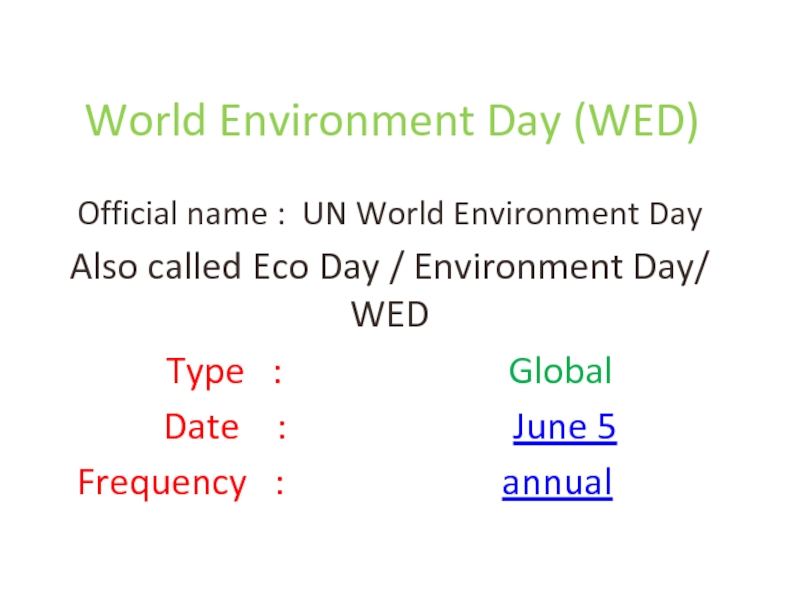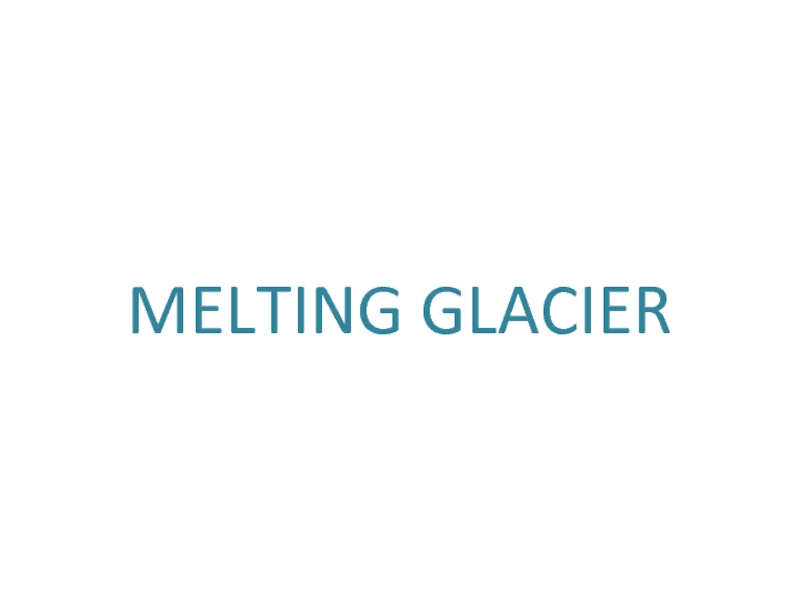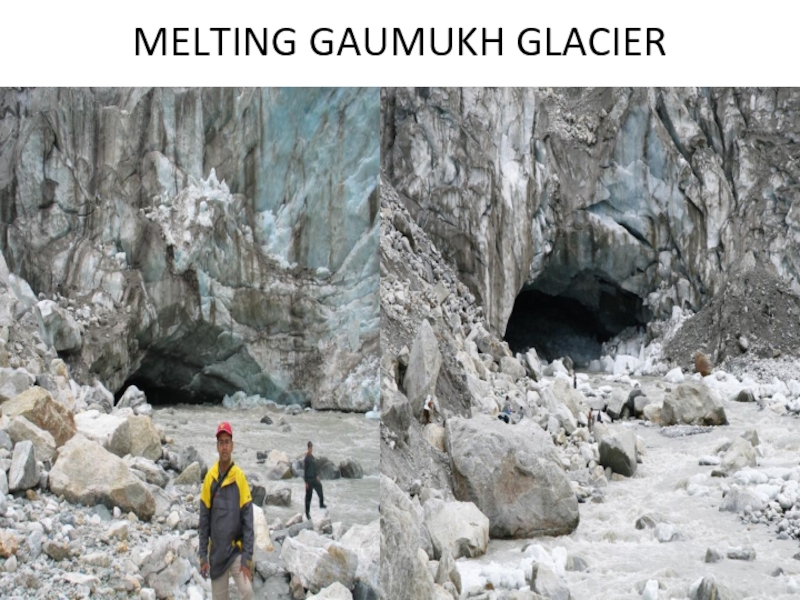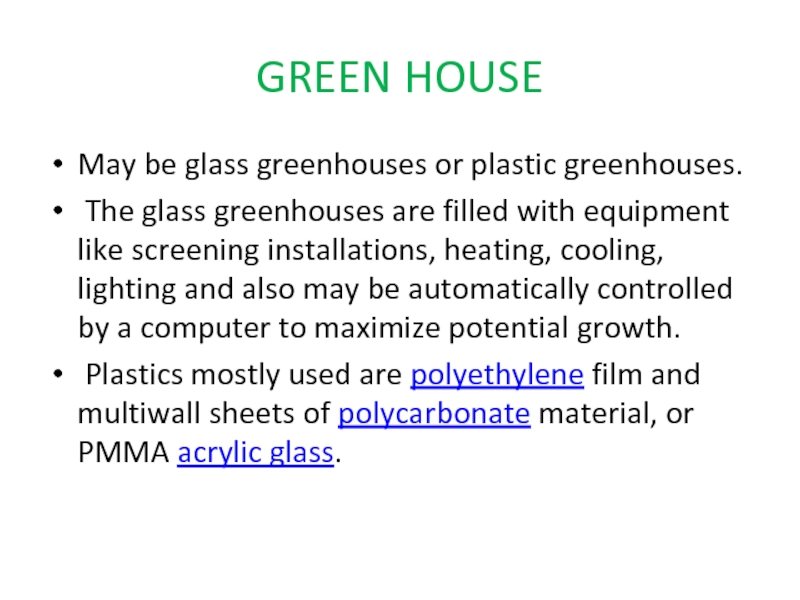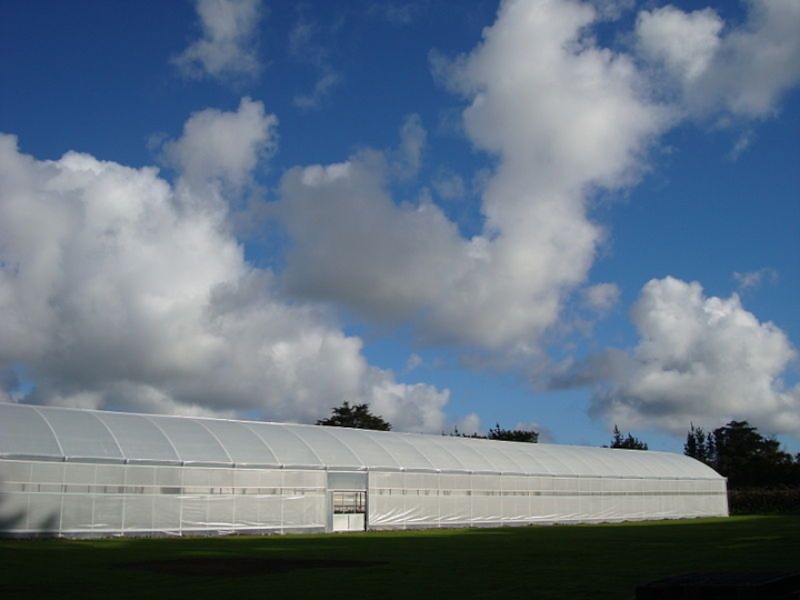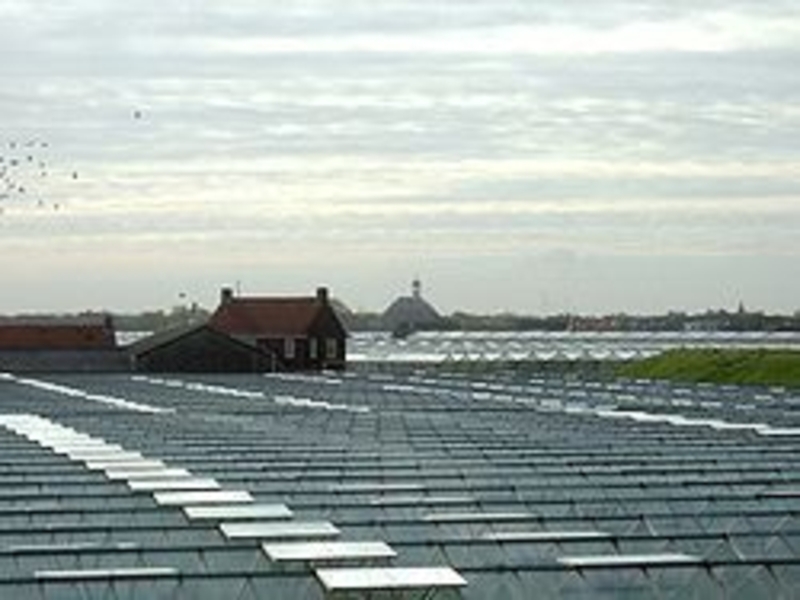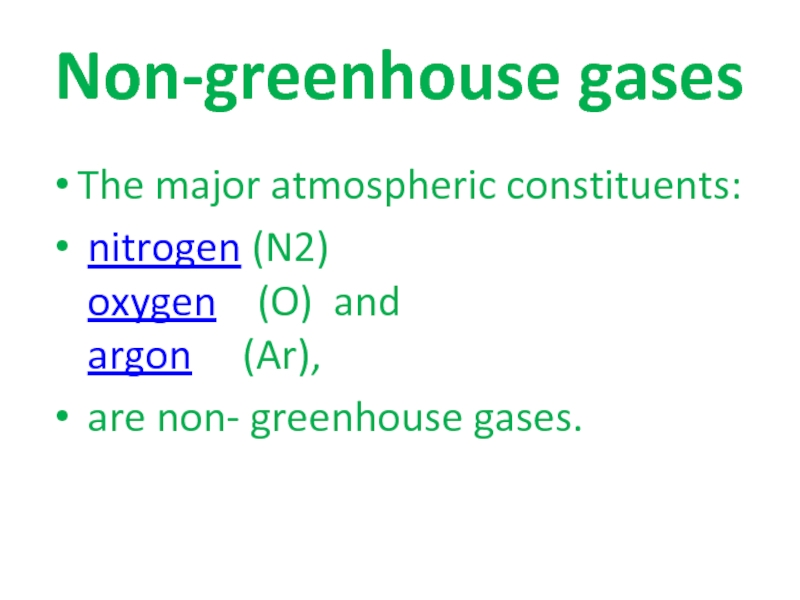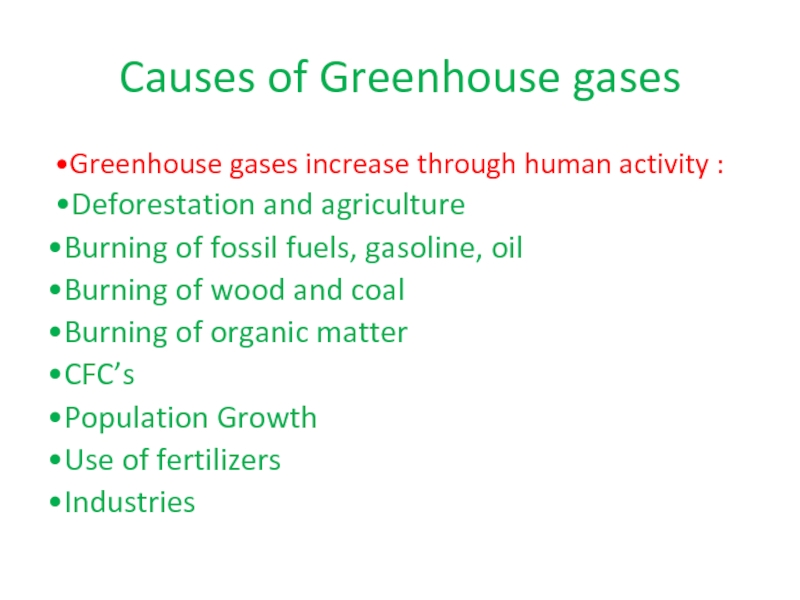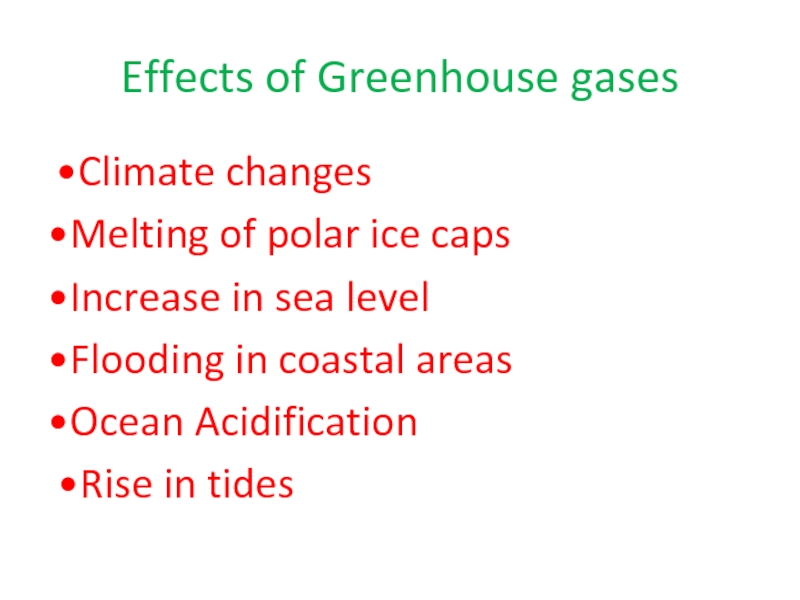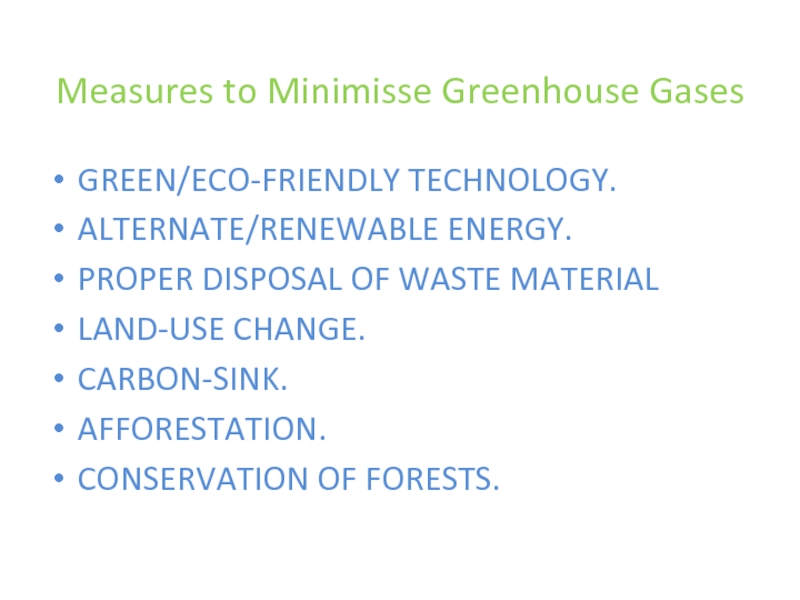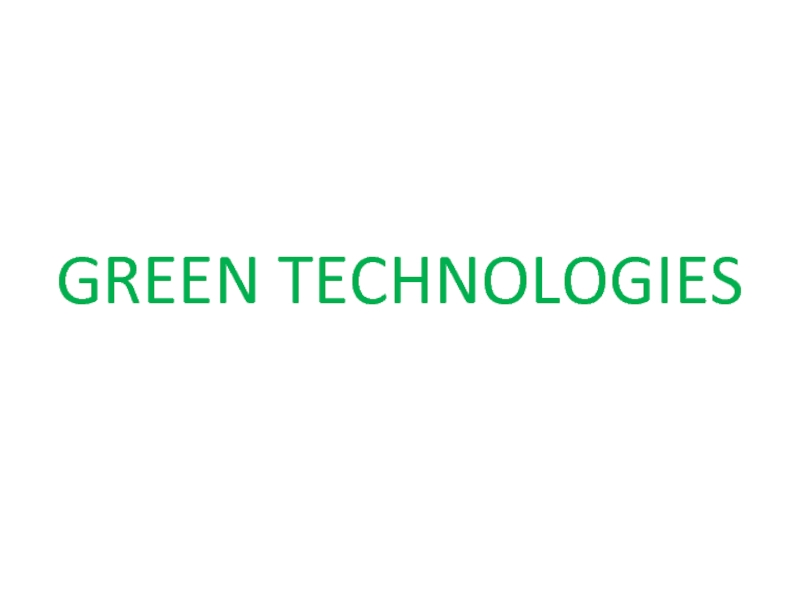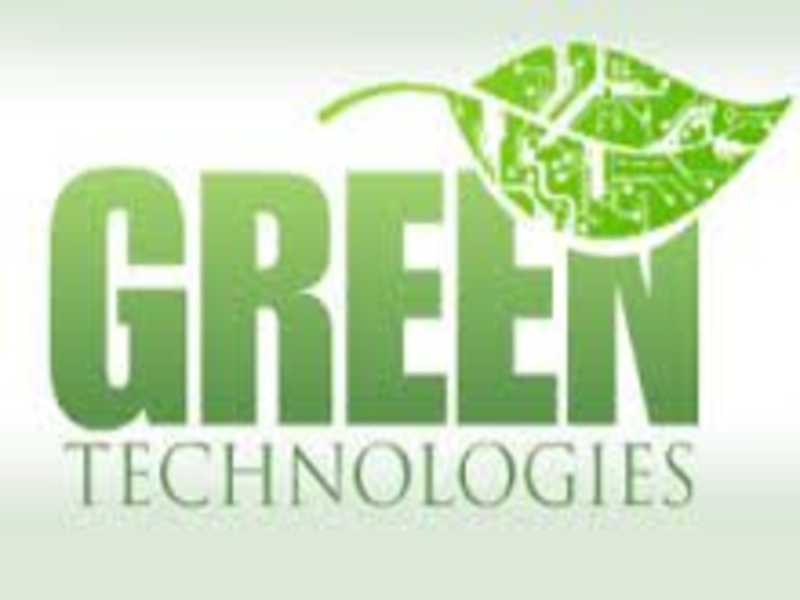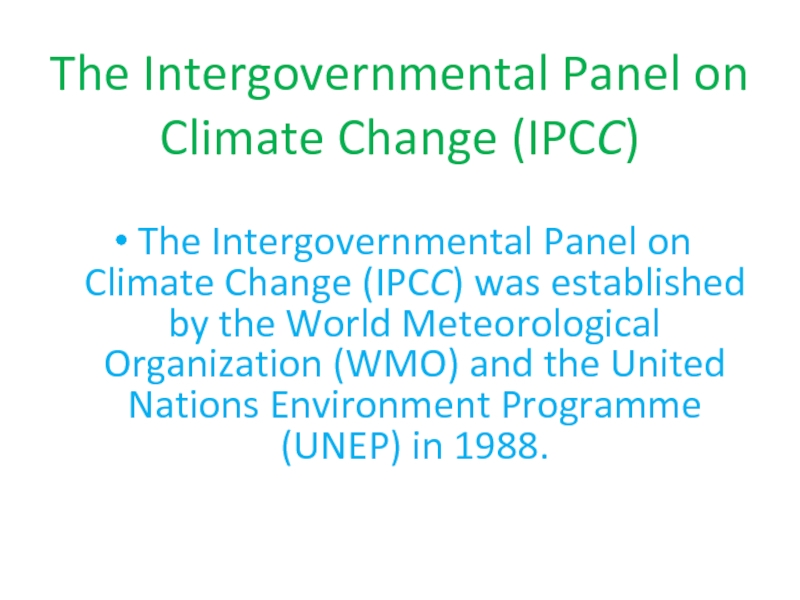- Главная
- Разное
- Дизайн
- Бизнес и предпринимательство
- Аналитика
- Образование
- Развлечения
- Красота и здоровье
- Финансы
- Государство
- Путешествия
- Спорт
- Недвижимость
- Армия
- Графика
- Культурология
- Еда и кулинария
- Лингвистика
- Английский язык
- Астрономия
- Алгебра
- Биология
- География
- Детские презентации
- Информатика
- История
- Литература
- Маркетинг
- Математика
- Медицина
- Менеджмент
- Музыка
- МХК
- Немецкий язык
- ОБЖ
- Обществознание
- Окружающий мир
- Педагогика
- Русский язык
- Технология
- Физика
- Философия
- Химия
- Шаблоны, картинки для презентаций
- Экология
- Экономика
- Юриспруденция
sS презентация
Содержание
- 1. sS
- 2. WORLD ENVIRONMENT DAY 2014
- 3. Dealt with : World Environment Day (WED)
- 4. World Environment Day (WED) Official name :
- 5. World Environment Day World Environment Day ('WED') is
- 6. World Environment Day WED was established by
- 7. World Environment Day World Environment Day falls
- 8. World Environment Day 1972, It was the
- 9. WED: Earth Anthem
- 10. WED: Earth Anthem "Earth Anthem" by poet-diplomat Abhay
- 12. WED: Earth Anthem Our cosmic oasis, cosmic
- 14. WED Theme, 2014 Small Islands and Climate Change
- 15. WED Theme, 2014 The 2014 theme for
- 17. Small Islands
- 18. WED:SIDS as its Theme The objectives
- 19. Small Island Developing States (SIDS) These are low-lying
- 20. Small Island Developing States (SIDS) Their growth
- 21. Small Island Developing States (SIDS) The SIDS were
- 22. Small Island Developing States (SIDS) Many SIDS now
- 23. List of SIDS Currently, the United Nations Department
- 24. LIST OF SIDS
- 25. LIST OF SIDS
- 26. LIST OF SIDS
- 27. LIST OF SIDS
- 28. LIST OF SIDS
- 29. Map showing SIDS
- 30. Year, WED Theme & Host City
- 31. Year, WED Theme & Host City
- 32. Year, WED Theme & Host City
- 33. Year, WED Theme & Host City
- 34. Campaigns
- 35. Media campaigns NDTV launched "Greenathon" Campaign in the
- 36. Children's efforts In 2012, Project Earth, an
- 37. Events associated with WED Eco Action
- 38. SEA LEVEL RISE
- 39. REASONS OF SEA LEVEL RISE GLOBAL WARMING
- 40. Reasons of sea level rise There are
- 41. Current sea level rise Current sea level
- 44. Effects of Rising Sea Level
- 45. MELTING GLACIER
- 46. MELTING GAUMUKH GLACIER
- 47. MELTING GAUMUKH GLACIER
- 48. GREEN HOUSE
- 49. GREEN HOUSE A greenhouse (also called a glasshouse) is a
- 50. GREEN HOUSE May be glass greenhouses or
- 51. GREEN HOUSE Greenhouse ventilation Greenhouse heating Greenhouse carbon dioxide enrichment
- 55. Greenhouse gases Greenhouse gases are those that
- 56. Greenhouse gases By their percentage contribution
- 57. Non-greenhouse gases The major atmospheric constituents:
- 58. Causes of Greenhouse gases •Sun’s energy
- 59. Causes of Greenhouse gases •Greenhouse gases
- 60. Effects of Greenhouse gases •Heating
- 61. Effects of Greenhouse gases •Climate changes
- 62. Effects of Greenhouse gases •Changes in
- 63. Measures to Minimisse Greenhouse Gases GREEN/ECO-FRIENDLY TECHNOLOGY.
- 64. GREEN TECHNOLOGIES
- 66. INSPIRING GREEN TECHNOLOGY
- 67. INSPIRING GREEN TECHNOLOGY
- 68. The Intergovernmental Panel on Climate Change (IPCC)
- 69. The Intergovernmental Panel on Climate Change (IPCC)
- 70. Objective Of IPCC The main objective of
- 71. The IPCC Working Groups The IPCC has
- 72. Task Force on National Greenhouse Gas Inventories (TFI)
- 73. Objective Of TFI The objectives of the
- 74. IPCC Reports The IPCC has completed
- 75. IPCC Reports Wetlands Supplement New! The 2013 Supplement to
- 76. IPCC Reports Kyoto Protocol Supplement New !
- 77. GREEN HOUSE GASES : IPCC Reports
- 78. GREEN HOUSE GASES : IPCC Reports
- 79. Future Meetings of IPCC Expert
- 82. THINK GLOBALLY AND ACT LOCALLY
- 83. THANK YOU
Слайд 3Dealt with :
World Environment Day (WED)
WED: Earth Anthem
WED Theme, 2014
:
Small Islands and Climate Change
Campaigns
SEA LEVEL RISE
MELTING GLACIER
GREEN HOUSE
GREEN TECHNOLOGIES
The Intergovernmental Panel on Climate Change (IPCC)
Source : google.com
Campaigns
SEA LEVEL RISE
MELTING GLACIER
GREEN HOUSE
GREEN TECHNOLOGIES
The Intergovernmental Panel on Climate Change (IPCC)
Source : google.com
Слайд 4World Environment Day (WED)
Official name : UN World Environment Day
Also called
Eco Day / Environment Day/ WED
Type : Global
Date : June 5
Frequency : annual
Type : Global
Date : June 5
Frequency : annual
Слайд 5World Environment Day
World Environment Day ('WED') is celebrated every year on June 5 to
raise global awareness to take positive environmental action.
To protect nature and the planet Earth. It is run by the United Nations Environment Programme (UNEP).
To protect nature and the planet Earth. It is run by the United Nations Environment Programme (UNEP).
Слайд 6World Environment Day
WED was established by the United Nations General Assembly in 1972
on the day that United Nations Conference on the Human Environment began.
The first World Environment Day was celebrated in 1973.
Since then it is hosted every year by a different city with a different theme.
The first World Environment Day was celebrated in 1973.
Since then it is hosted every year by a different city with a different theme.
Слайд 7World Environment Day
World Environment Day falls in spring in the Northern Hemisphere and
fall in the Southern Hemisphere,
and midsummer in the Tropical regions.
and midsummer in the Tropical regions.
Слайд 8World Environment Day
1972, It was the first occasion on which the
political, social and economic problems of the global environment were discussed at an intergovernmental forum with a view to actually taking corrective action.
The first World Environment Day was celebrated in 1973.
Since then it is hosted every year by a different city with a different theme.
The first World Environment Day was celebrated in 1973.
Since then it is hosted every year by a different city with a different theme.
Слайд 10WED: Earth Anthem
"Earth Anthem" by poet-diplomat Abhay K was launched in June 2013
on the occasion of the World Environment Day by Kapil Sibal and Shashi Tharoor, Union Ministers of India at a function organized by the Indian Council of Cultural Relations in New Delhi.
It is in eight languages including all official languages of the United Nations viz. Arabic, Chinese, English, French, Russian, Spanish.
The other two languages are Hindi and Nepali.
It is in eight languages including all official languages of the United Nations viz. Arabic, Chinese, English, French, Russian, Spanish.
The other two languages are Hindi and Nepali.
Слайд 12WED: Earth Anthem
Our cosmic oasis, cosmic blue pearl
the most beautiful planet
in the universe
all the continents and the oceans of the world
united we stand as flora and fauna
united we stand as species of one earth
black, brown, white, different colours
we are humans, the earth is our home.
Our cosmic oasis, cosmic blue pearl
the most beautiful planet in the universe
all the people and the nations of the world
all for one and one for all
united we unfurl the blue marble flag
black, brown, white, different colours
we are humans, the earth is our home.
( Earth Anthem Lyricist Abhay K, Music composer Sapan Ghimire and singer Shreya Sotang)
( Earth Anthem Lyricist Abhay K, Music composer Sapan Ghimire and singer Shreya Sotang)
Слайд 15WED Theme, 2014
The 2014 theme for world Environment Day: 'Small Islands
and Climate Change’.
The official slogan for the year 2014:
'Raise Your Voice , Not The Sea Level’.
This is in support of the UN's designation of 2014 as the International Year of Small Island Developing States (SIDS).
The official slogan for the year 2014:
'Raise Your Voice , Not The Sea Level’.
This is in support of the UN's designation of 2014 as the International Year of Small Island Developing States (SIDS).
Слайд 18 WED:SIDS as its Theme
The objectives are to help build momentum
towards the Third International Conference on SIDS in September 2014 and encourage a greater understanding of the importance of SIDS and of the urgency to help protect the islands in the face of growing risks and vulnerabilities, particularly as a result of climate change.
Слайд 19Small Island Developing States (SIDS)
These are low-lying coastal countries that tend to
share similar sustainable development challenges, including small but growing populations, limited resources, remoteness, susceptibility tonatural disasters, vulnerability to external shocks, excessive dependence on international trade, and fragile environments.
Слайд 20Small Island Developing States (SIDS)
Their growth and development is held back
by high communication, energy and transportation costs, irregular international transport volumes, disproportionately expensive public administration and infrastructure due to their small size, and little to no opportunity to create economies of scale.
Слайд 21Small Island Developing States (SIDS)
The SIDS were first recognized as a distinct
group of developing countries at the United Nations Conference on Environment and Development in June 1992.
The Barbados Programme of Action was produced in 1994 to assist the SIDS in their sustainable development efforts.
The United Nations Office of the High Representative for the Least Developed Countries, Landlocked Developing Countries and Small Island Developing States represents this group of states.
The Barbados Programme of Action was produced in 1994 to assist the SIDS in their sustainable development efforts.
The United Nations Office of the High Representative for the Least Developed Countries, Landlocked Developing Countries and Small Island Developing States represents this group of states.
Слайд 22Small Island Developing States (SIDS)
Many SIDS now recognise the need to move
towards low-carbon, climate resilient economies, as set out in the Caribbean Community (CARICOM) implementation plan for climate change-resilient development.
SIDS often rely heavily on imported fossil fuels, spending an ever-larger proportion of their GDP on energy imports.
Renewable technologies have the advantage of providing energy at a lower cost than fossil fuels and making SIDS more sustainable.
SIDS often rely heavily on imported fossil fuels, spending an ever-larger proportion of their GDP on energy imports.
Renewable technologies have the advantage of providing energy at a lower cost than fossil fuels and making SIDS more sustainable.
Слайд 23List of SIDS
Currently, the United Nations Department of Economic and Social Affairs lists
52 small island developing states. These are broken down into three geographic regions:(1) theCaribbean; (2) the Pacific; and (3) Africa, Indian Ocean, Mediterranean and South China Sea (AIMS)
Слайд 35Media campaigns
NDTV launched "Greenathon" Campaign in the year 2008 and served as
India’s first ever-nationwide campaign to save the environment
Zee News launched 'My Earth, My Duty’ campaign. This campaign has entered the Limca Book of Records for a novel effort: for planting more than 73 lakh (7,300,000) trees in one single day across 34 cities and 2.5 lakh (250,000) villages on 25 August 2010.
Zee News launched 'My Earth, My Duty’ campaign. This campaign has entered the Limca Book of Records for a novel effort: for planting more than 73 lakh (7,300,000) trees in one single day across 34 cities and 2.5 lakh (250,000) villages on 25 August 2010.
Слайд 36Children's efforts
In 2012, Project Earth, an Online Eco Platform teamed up
with Rio+20 and Launched ' World Environment Day Global School Contest 2012 ' to promote awareness among today's youth.
Every country had a winner.
Project GreenOman,The winner from Oman, was an Eco organization founded by Hridith Sudev and is a full fledged kid's Eco Organization now.
Every country had a winner.
Project GreenOman,The winner from Oman, was an Eco organization founded by Hridith Sudev and is a full fledged kid's Eco Organization now.
Слайд 37Events associated with WED
Eco Action Day:
It is celebrated since 2007
in Singapore to inspire individuals to reduce energy use at the workplace.
Слайд 39REASONS OF SEA LEVEL RISE
GLOBAL WARMING :a gradual increase in the
overall temperature of the earth's atmosphere generally attributed to the greenhouse effect caused by increased levels of carbon dioxide, CFCs, and other pollutants.
Another term for "global warming" is "climate change."
Another term for "global warming" is "climate change."
Слайд 40Reasons of sea level rise
There are two main causes of sea
level rise:
1. As air temperatures rise (due to climate change) the water in the oceans is warmed and expands. This process is called thermal expansion.
2. As ice sheets and glaciers melt, they increase the amount of water in the oceans.
1. As air temperatures rise (due to climate change) the water in the oceans is warmed and expands. This process is called thermal expansion.
2. As ice sheets and glaciers melt, they increase the amount of water in the oceans.
Слайд 41Current sea level rise
Current sea level rise is about 3 mm/year worldwide.
According
to the US National Oceanic and Atmospheric Administration(NOAA), "this is a significantly larger rate than the sea-level rise averaged over the last several thousand years", and the rate may be increasing. Sea level rises can considerably influence human populations in coastal and island regions and natural environments like marine ecosystems.
Слайд 49GREEN HOUSE
A greenhouse (also called a glasshouse) is a building or complex in which plants are
grown.
The structures range in size from small sheds to industrial-sized buildings. A miniature greenhouse is known as a cold frame.
Commercial glass greenhouses are often high tech production facilities for vegetables or flowers.
The structures range in size from small sheds to industrial-sized buildings. A miniature greenhouse is known as a cold frame.
Commercial glass greenhouses are often high tech production facilities for vegetables or flowers.
Слайд 50GREEN HOUSE
May be glass greenhouses or plastic greenhouses.
The glass greenhouses
are filled with equipment like screening installations, heating, cooling, lighting and also may be automatically controlled by a computer to maximize potential growth.
Plastics mostly used are polyethylene film and multiwall sheets of polycarbonate material, or PMMA acrylic glass.
Plastics mostly used are polyethylene film and multiwall sheets of polycarbonate material, or PMMA acrylic glass.
Слайд 55Greenhouse gases
Greenhouse gases are those that can absorb and emit infrared radiation,
but not radiation in or near the visible spectrum. In order, the most abundant greenhouse gases in Earth's atmosphere are:
Water vapor (H2O)
Carbon dioxide (CO 2)
Methane (CH 4)
Nitrous oxide (N 2O)
Ozone (O 3)
CFCs
Water vapor (H2O)
Carbon dioxide (CO 2)
Methane (CH 4)
Nitrous oxide (N 2O)
Ozone (O 3)
CFCs
Слайд 56Greenhouse gases
By their percentage contribution to the greenhouse effect on Earth
the four major gases are:
water vapor, 36–70%
carbon dioxide, 9–26%
methane, 4–9%
ozone, 3–7%
The major non-gas contributor to the Earth's greenhouse effect, clouds, also absorb and emit infrared radiation and thus have an effect on radiative properties of the atmosphere.
water vapor, 36–70%
carbon dioxide, 9–26%
methane, 4–9%
ozone, 3–7%
The major non-gas contributor to the Earth's greenhouse effect, clouds, also absorb and emit infrared radiation and thus have an effect on radiative properties of the atmosphere.
Слайд 57Non-greenhouse gases
The major atmospheric constituents:
nitrogen (N2)
oxygen (O) and
argon (Ar),
are
non- greenhouse gases.
Слайд 58Causes of Greenhouse gases
•Sun’s energy passes through atmosphere:
•26% is reflected
or scattered.
•19% absorbed by clouds, gases, and particles.
•4% reflected to space by surface.
•51% reaches the surface.
•19% absorbed by clouds, gases, and particles.
•4% reflected to space by surface.
•51% reaches the surface.
Слайд 59Causes of Greenhouse gases
•Greenhouse gases increase through human activity :
•Deforestation and agriculture
•Burning of fossil fuels, gasoline, oil
•Burning of wood and coal
•Burning of organic matter
•CFC’s
•Population Growth
•Use of fertilizers
•Industries
•Burning of fossil fuels, gasoline, oil
•Burning of wood and coal
•Burning of organic matter
•CFC’s
•Population Growth
•Use of fertilizers
•Industries
Слайд 60Effects of Greenhouse gases
•Heating of the ground
•Melting of ice and
snow
•Evaporation of water
•Plant photosynthesis
•Evaporation of water
•Plant photosynthesis
Слайд 61Effects of Greenhouse gases
•Climate changes
•Melting of polar ice caps
•Increase in
sea level
•Flooding in coastal areas
•Ocean Acidification
•Rise in tides
•Flooding in coastal areas
•Ocean Acidification
•Rise in tides
Слайд 62Effects of Greenhouse gases
•Changes in flora and fauna
•Species becoming
endangered/extinct
•Heavy drought
•Spread of disease
•Change in weather patterns
•Heavy drought
•Spread of disease
•Change in weather patterns
Слайд 63Measures to Minimisse Greenhouse Gases
GREEN/ECO-FRIENDLY TECHNOLOGY.
ALTERNATE/RENEWABLE ENERGY.
PROPER DISPOSAL OF WASTE MATERIAL
LAND-USE
CHANGE.
CARBON-SINK.
AFFORESTATION.
CONSERVATION OF FORESTS.
CARBON-SINK.
AFFORESTATION.
CONSERVATION OF FORESTS.
Слайд 69The Intergovernmental Panel on Climate Change (IPCC)
The Intergovernmental Panel on Climate
Change (IPCC) was established by the World Meteorological Organization (WMO) and the United Nations Environment Programme (UNEP) in 1988.
Слайд 70Objective Of IPCC
The main objective of IPCC was to assess scientific,
technical and socio-economic information relevant to the understanding of human induced climate change, potential impacts of climate change and options for mitigation and adaptation.
Слайд 71The IPCC Working Groups
The IPCC has three working groups and a
task force.
Working Group I (WG I) : The science of climate change
Working Group II (WG II) : Impacts, adaptation and vulnerability
Working Group III (WG III) : Mitigation of climate change
Task Force on National Greenhouse Gas Inventories (TFI)
Working Group I (WG I) : The science of climate change
Working Group II (WG II) : Impacts, adaptation and vulnerability
Working Group III (WG III) : Mitigation of climate change
Task Force on National Greenhouse Gas Inventories (TFI)
Слайд 72Task Force on National Greenhouse Gas Inventories (TFI)
The TFI was established by
the IPCC, at its 14th session (October 1998), to oversee the IPCC National Greenhouse Gas Inventories Programme (IPCC-NGGIP).
This programme had been undertaken since 1991 by the IPCC WG I in close collaboration with the Organisation for Economic Co-operation and Development (OECD) and the International Energy Agency (IEA).
In 1999, the Technical Support Unit (TSU) set up at the Institute for Global Environmental Strategies (IGES) in Japan took over this programme in accordance with a decision taken by the IPCC at its 14th session.
This programme had been undertaken since 1991 by the IPCC WG I in close collaboration with the Organisation for Economic Co-operation and Development (OECD) and the International Energy Agency (IEA).
In 1999, the Technical Support Unit (TSU) set up at the Institute for Global Environmental Strategies (IGES) in Japan took over this programme in accordance with a decision taken by the IPCC at its 14th session.
Слайд 73Objective Of TFI
The objectives of the TFI are:
to develop and refine
an internationally-agreed methodology and software for the calculation and reporting of national GHG emissions and removals; and
to encourage the widespread use of this methodology by countries participating in the IPCC and by signatories of the United Nations Framework Convention on Climate Change (UNFCCC).
to encourage the widespread use of this methodology by countries participating in the IPCC and by signatories of the United Nations Framework Convention on Climate Change (UNFCCC).
Слайд 74 IPCC Reports
The IPCC has completed four assessment reports, developed methodology
guidelines for national greenhouse gas inventories, special reports and technical papers.
Слайд 75IPCC Reports
Wetlands Supplement New!
The 2013 Supplement to the 2006 IPCC Guidelines for National
Greenhouse Gas Inventories:
Wetlands (Wetlands Supplement) was adopted/accepted by the IPCC Plenary at its 37th session (IPCC 37) in Batumi, Georgia, 14-18 October 2013, and was published on 28 February 2014.
Wetlands (Wetlands Supplement) was adopted/accepted by the IPCC Plenary at its 37th session (IPCC 37) in Batumi, Georgia, 14-18 October 2013, and was published on 28 February 2014.
Слайд 76IPCC Reports
Kyoto Protocol Supplement New !
The 2013 Revised Supplementary Methods and Good
Practice Guidance Arising from the Kyoto Protocol (KP Supplement):
was adopted/accepted by the IPCC Plenary at its 37th session (IPCC 37) in Batumi, Georgia, 14-18 October 2013, and was published on 28 February 2014.
was adopted/accepted by the IPCC Plenary at its 37th session (IPCC 37) in Batumi, Georgia, 14-18 October 2013, and was published on 28 February 2014.
Слайд 79
Future Meetings of IPCC
Expert Meeting on Application of 2006 IPCC Guidelines
to Other Areas, 1 - 3 July 2014, Sofia, Bulgaria.
Expert Meeting on Systematic Assessment of TFI Products, 25 - 27 August 2014, To be determined.
Expert Meeting on Systematic Assessment of TFI Products, 25 - 27 August 2014, To be determined.



